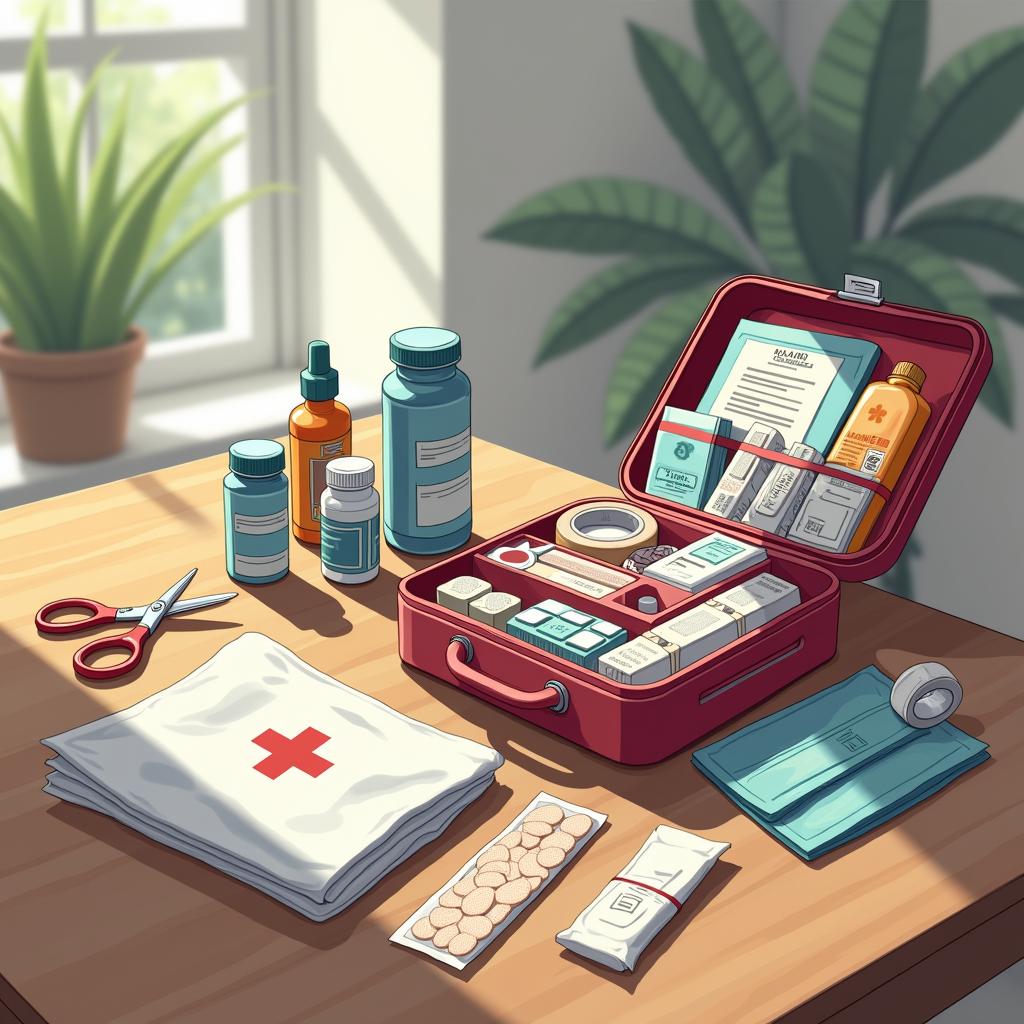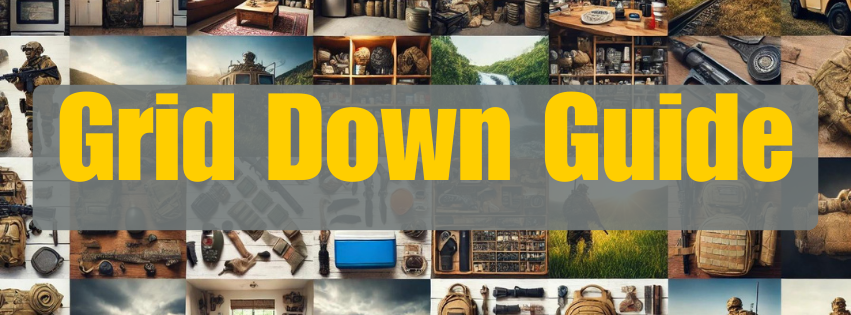
Welcome to a beginner’s guide on first aid kits! In this article, we will explore the essential items that every first aid kit should contain. From bandages and antiseptic wipes to scissors and tweezers, having a well-stocked first aid kit can make all the difference in times of emergencies. Let’s dive in and make sure you are prepared for any situation that may come your way. Hey there! Are you wondering what items you should have in your first aid kit? Well, you’ve come to the right place. In this article, we will break down the essentials needed for a well-stocked first aid kit, so you can be prepared for any minor emergencies that come your way. Let’s dive in!
First Aid Kit Basics
When it comes to putting together a first aid kit, there are a few key essentials that you should always have on hand. From bandages to antiseptic wipes, these simple items can make a big difference in treating minor injuries quickly and effectively. Let’s take a look at each of these essentials in detail.
Bandages
Bandages are a must-have item in any first aid kit. They are used to cover and protect wounds, help control bleeding, and keep the injured area clean. When choosing bandages for your kit, make sure to have a variety of sizes, including adhesive bandages, gauze pads, and rolled gauze. This way, you will be prepared for different types of injuries.
Antiseptic Wipes
Antiseptic wipes are essential for cleaning wounds and preventing infection. They can be used to clean the skin around a wound before applying a bandage or to disinfect minor cuts and scrapes. Make sure to include plenty of antiseptic wipes in your first aid kit, so you can keep injuries clean and free from bacteria.
Adhesive Tape
Adhesive tape is another important item to have in your first aid kit. It is used to secure bandages and dressings in place, providing support and protection to the injured area. Look for adhesive tape that is hypoallergenic and gentle on the skin, so it can be used safely on all skin types.
Tweezers
Tweezers are handy tools to have in your first aid kit for removing splinters, debris, or ticks from the skin. They can also be used to help apply bandages or dressings more accurately. Make sure to choose tweezers with a fine tip for precise handling, so you can remove objects from the skin quickly and safely.
Common Medications
In addition to basic first aid supplies, it is also a good idea to have a few common medications in your first aid kit. These medications can help relieve pain, reduce inflammation, and treat common symptoms of minor injuries. Let’s take a look at some of the most useful medications to include in your kit.
Pain Relievers
Pain relievers such as acetaminophen or ibuprofen can help relieve pain and reduce inflammation caused by minor injuries like sprains, strains, or headaches. Make sure to include both adult and children’s doses of pain relievers in your first aid kit, so you can provide relief to anyone in need.
Antihistamines
Antihistamines are useful for treating allergic reactions such as itching, hives, or insect bites. They can also help reduce symptoms of hay fever or other allergic conditions. Make sure to include both oral antihistamines and topical creams or ointments in your first aid kit, so you can provide relief for a variety of allergic reactions.
Anti-inflammatory Creams
Anti-inflammatory creams such as hydrocortisone can help reduce itching, swelling, and redness caused by insect bites, poison ivy, or other skin irritations. These creams can also help relieve symptoms of mild rashes or allergic reactions. Make sure to have a small tube of anti-inflammatory cream in your first aid kit for quick and easy application.
Additional Supplies
In addition to bandages, antiseptic wipes, medications, and other essentials, there are a few additional supplies that can come in handy in a first aid kit. From gloves to scissors, these items can help you respond quickly and effectively to minor emergencies. Let’s explore some of these additional supplies in more detail.
Disposable Gloves
Disposable gloves are essential for protecting yourself and the injured person from contamination when treating wounds. They can help prevent the spread of germs, bacteria, or other harmful substances. Make sure to have a few pairs of disposable gloves in your first aid kit, so you can respond to emergencies safely and hygienically.
Scissors
Scissors are handy tools to have in your first aid kit for cutting bandages, tape, or clothing. They can also be used to remove clothing or jewelry from an injured person in case of an emergency. Look for small, sharp scissors that are easy to handle and can cut through materials quickly and easily.
Instant Cold Packs
Instant cold packs are useful for treating minor injuries such as sprains, strains, or bruises. They can help reduce swelling, inflammation, and pain by applying cold therapy to the injured area. Make sure to have a few instant cold packs in your first aid kit, so you can provide quick relief for minor injuries on the go.
Emergency Blanket
An emergency blanket is a lightweight, compact blanket that can help retain body heat and prevent hypothermia in case of an emergency. It can also be used to cover and protect an injured person from the elements or provide comfort and warmth during a wait for medical help. Make sure to include an emergency blanket in your first aid kit, so you can respond to emergencies in all weather conditions.
Conclusion
Having a well-stocked first aid kit is essential for being prepared for any minor emergencies that may come your way. By including essentials such as bandages, antiseptic wipes, medications, and additional supplies in your kit, you can respond quickly and effectively to injuries and accidents. Make sure to check your first aid kit regularly and restock any items that have been used or expired. With a well-prepared first aid kit on hand, you can be confident in your ability to handle any minor emergency that comes your way. Stay safe and be prepared!
